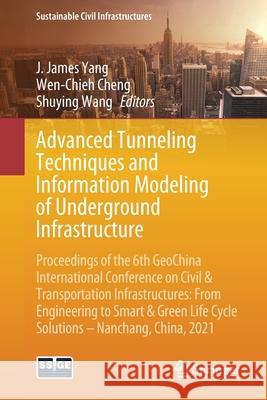Advanced Tunneling Techniques and Information Modeling of Underground Infrastructure: Proceedings of the 6th Geochina International Conference on Civi » książka
topmenu
Advanced Tunneling Techniques and Information Modeling of Underground Infrastructure: Proceedings of the 6th Geochina International Conference on Civi
ISBN-13: 9783030796716 / Angielski / Miękka / 2021 / 119 str.
Advanced Tunneling Techniques and Information Modeling of Underground Infrastructure: Proceedings of the 6th Geochina International Conference on Civi
ISBN-13: 9783030796716 / Angielski / Miękka / 2021 / 119 str.
cena 645,58
(netto: 614,84 VAT: 5%)
Najniższa cena z 30 dni: 616,85
(netto: 614,84 VAT: 5%)
Najniższa cena z 30 dni: 616,85
Termin realizacji zamówienia:
ok. 22 dni roboczych.
ok. 22 dni roboczych.
Darmowa dostawa!
Kategorie:
Kategorie BISAC:
Wydawca:
Springer
Seria wydawnicza:
Język:
Angielski
ISBN-13:
9783030796716
Rok wydania:
2021
Wydanie:
2021
Numer serii:
000806669
Ilość stron:
119
Waga:
0.19 kg
Wymiary:
23.39 x 15.6 x 0.71
Oprawa:
Miękka
Wolumenów:
01
Dodatkowe informacje:
Wydanie ilustrowane











